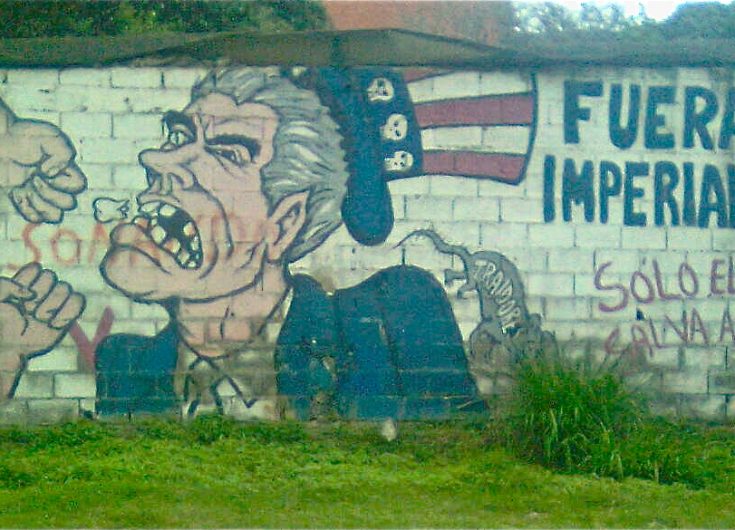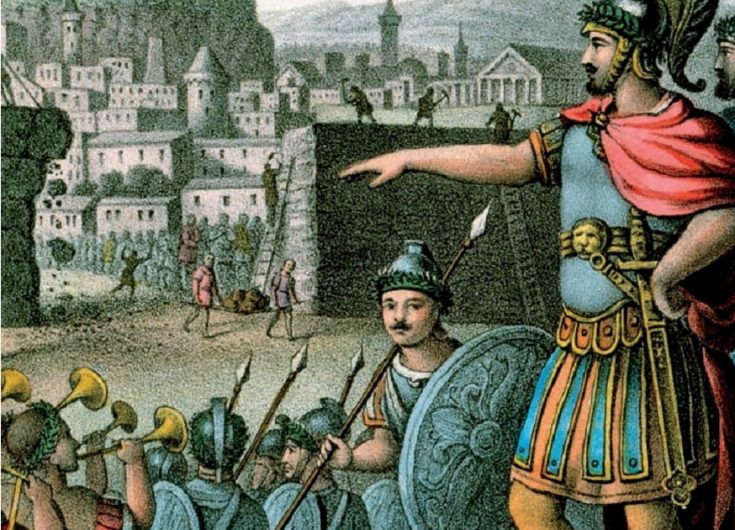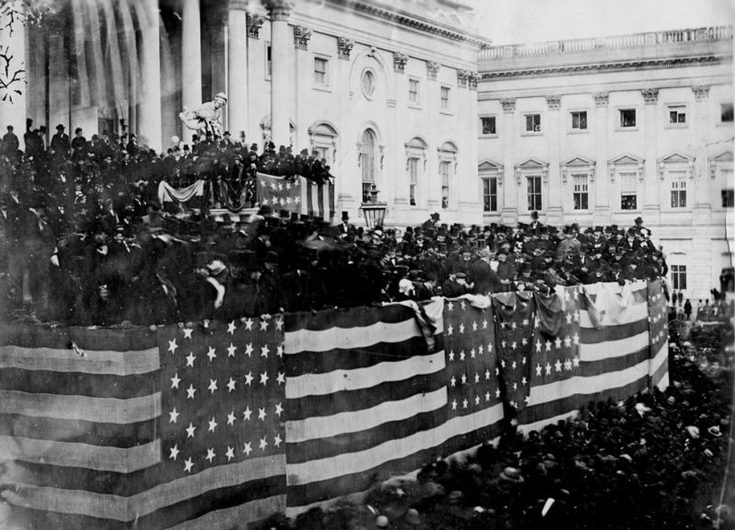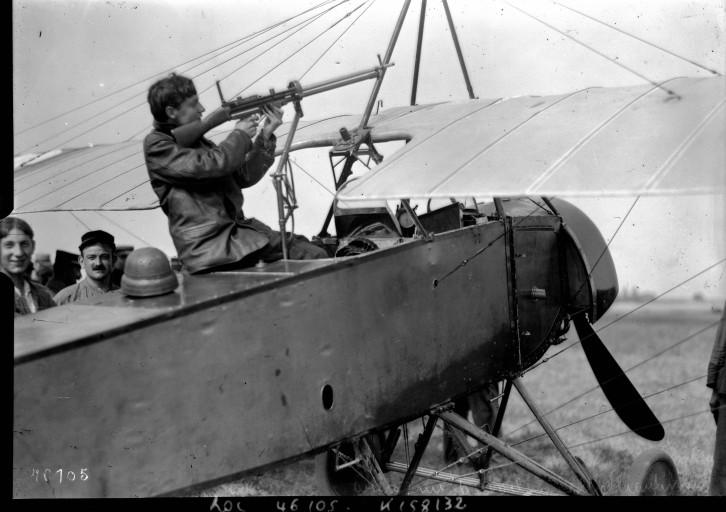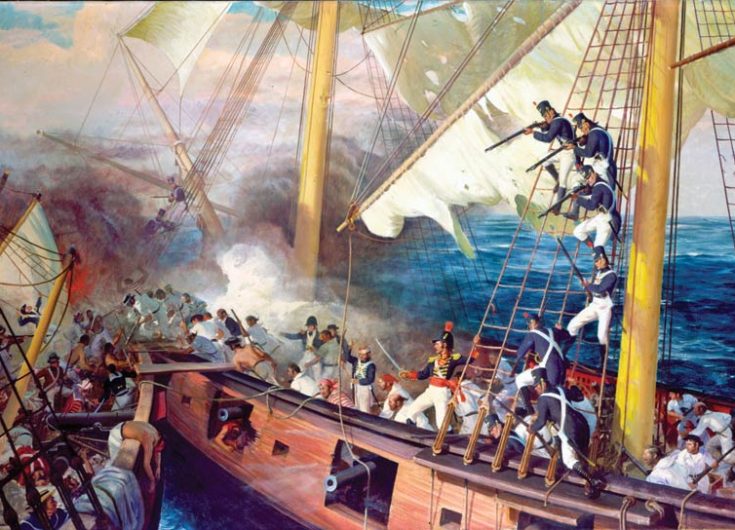

U.S. Marine Corps, Small Wars Manual (1940)
The American military and the U.S. Marine Corps in particular had been fighting and analyzing counterinsurgency operations decades before their boots marked the sands of the Middle East and South Asia. Sadly, many of the lessons from these experiences languished on the shelfs of war colleges even as they became vitally important in the field. A handful of forward thinking officers cried for their reconsideration and modernization, and these efforts ultimately led to The U.S. Army and Marine Corps Counterinsurgency Field Manual No. 3-24. However, long before General David Petraeus blended the wisdom of soldiers and scholars to produce his manual, an earlier effort already chronicled many of the central considerations for fighting against insurgencies. The Marine Corps Small Wars Manual, published in 1936 and updated in 1940, remains an important document for understanding the historical development of American counterinsurgency strategy and tactics.


